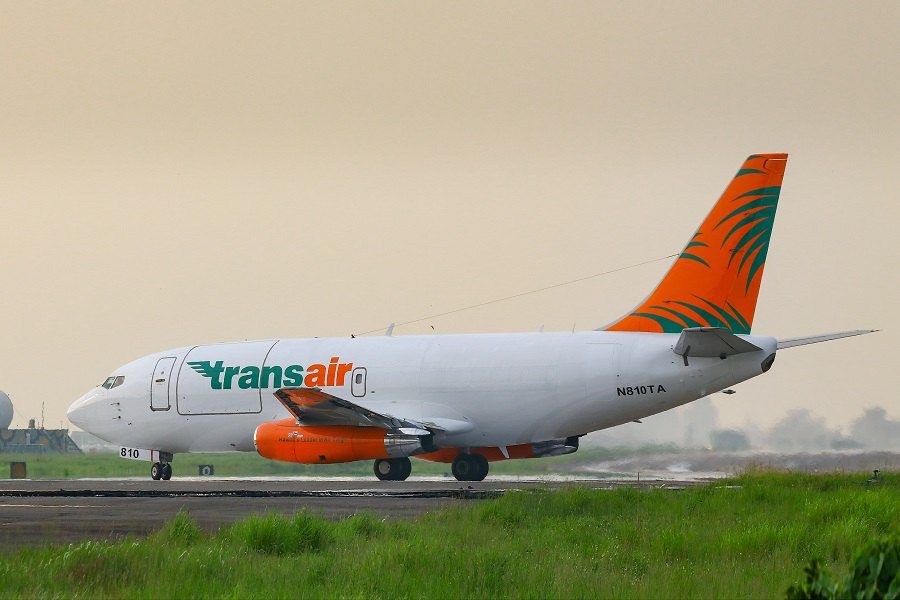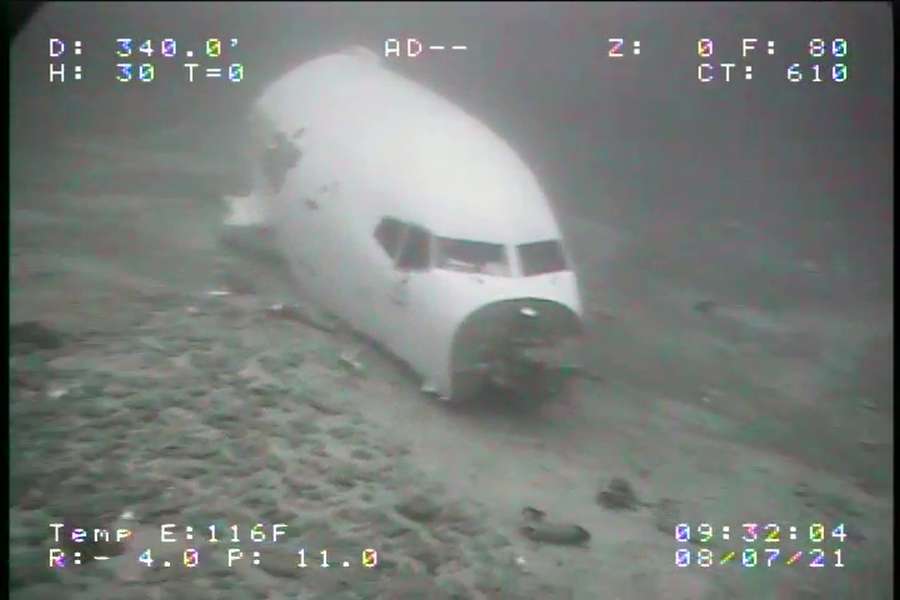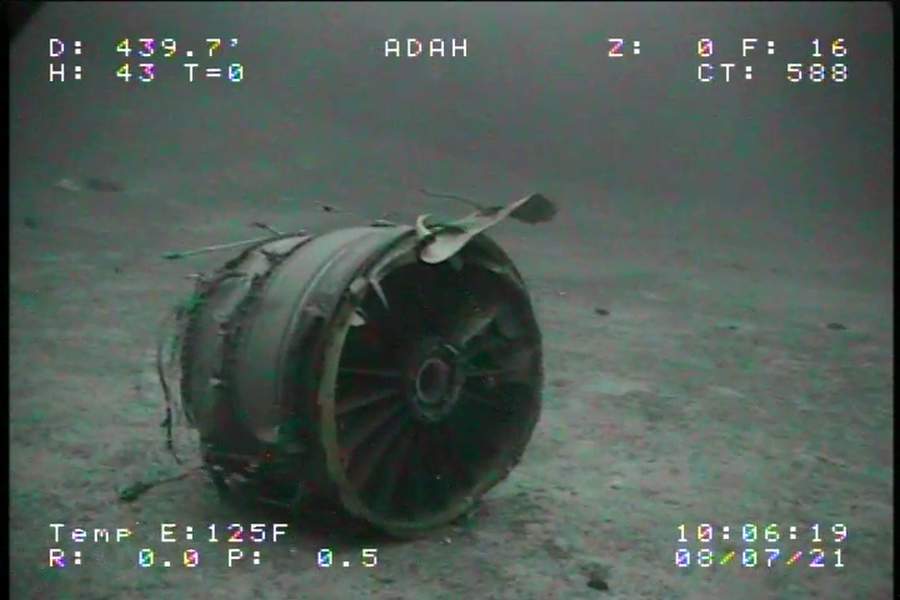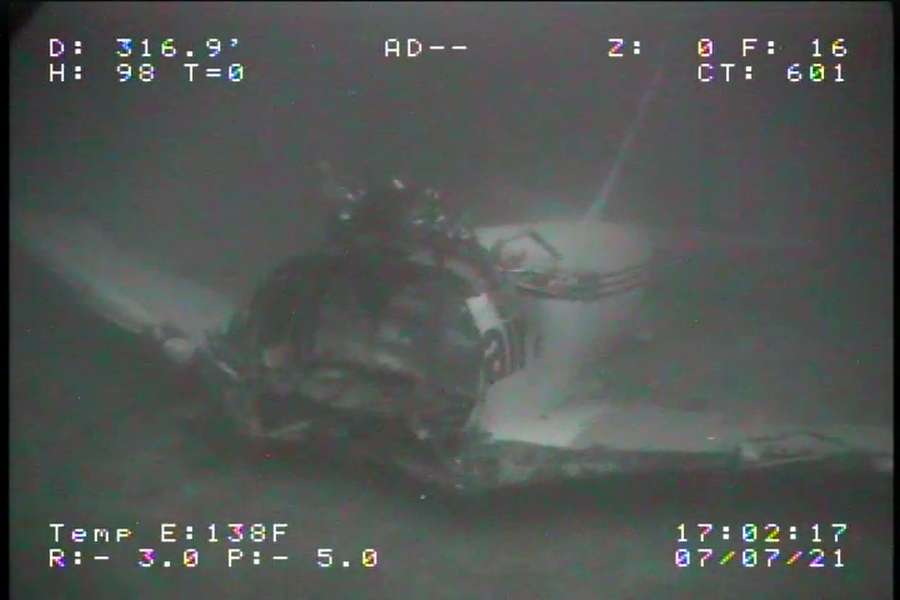The United States NTSB (National Transportation Safety Board) published three images of Transair flight 810 737, in pieces on the sea floor.
As we have already seen, this accident happened on the 2nd of July. The Transair cargo 737 aircraft had just departed runway 08R at Honolulu (PHNL), heading for Kahului (PHOG) in Hawaii. However the crew had to interrupt the short flight very early, as they faced trouble, initially on one engine. Eventually, the other engine also began to falter, and the crew had very little altitude (2,000ft) to return to the airport.

The crew eventually had to ditch the aircraft approximately 2 miles off the coast. Rescue crews had to take both of them to hospital, for serious or critical injuries. As for the aircraft, we already suggested that NTSB will have a hard time recovering items of interest from the sea floor. This is because the nature of the Hawaii islands means that the seas around them are quite deep.
And this, unfortunately, turns out to be the case. The NTSB yesterday published three images, showing the aircraft on the sea floor. The fuselage seems to be in two pieces. The position of the separation is close to the rear corner of the cargo door. We already saw in the Coast Guard video (HERE) that the sea wasn’t calm at the time of the ditching. And since this was a night-time ditching, it would have been very hard for the crew to make a smooth water landing.

NTSB – Examining the Sea Floor
These images appear to be video captures, of an undersea robotic vehicle. They are quite impressive, in a couple of ways. However, they may be posing a puzzle for NTSB and its sea floor recovery. This has to do with what they want to recover, and the depth they will recover it from.

On the top-left corner of each image, we see a “D:” symbol, followed by a number. We are going to assume that this is depth, in feet, for the underwater vehicle itself. If this is correct, then the NTSB will have to contend with sea floor depths ranging between 320ft/98m and 440ft/134m. Divers cannot reach such depths easily.
The items the NTSB will likely want the most from the sea floor are the engines and the two black boxes. The Pratt & Whitney JT8D engines should present a relatively small problem, although the one we see is far from complete. But the CVR and FDR are presumably still inside the fuselage. So the question now is, can robotic vehicles attach sufficiently strong wires or chains, around this fuselage?

Beyond this sea floor dilemma, the NTSB has conducted interviews with the pilots, rescue crew and ATC personnel, among others. Also, the two pilots are now both out of hospital, recovering from their injuries. The NTSB checked the fuel in other aircraft that used the same refuelling equipment, finding no irregularities. And from their side, Transair grounded their remaining 737 fleet for a week, to conduct an internal review.
We will try to keep you up-to-date with any new developments on this story.



